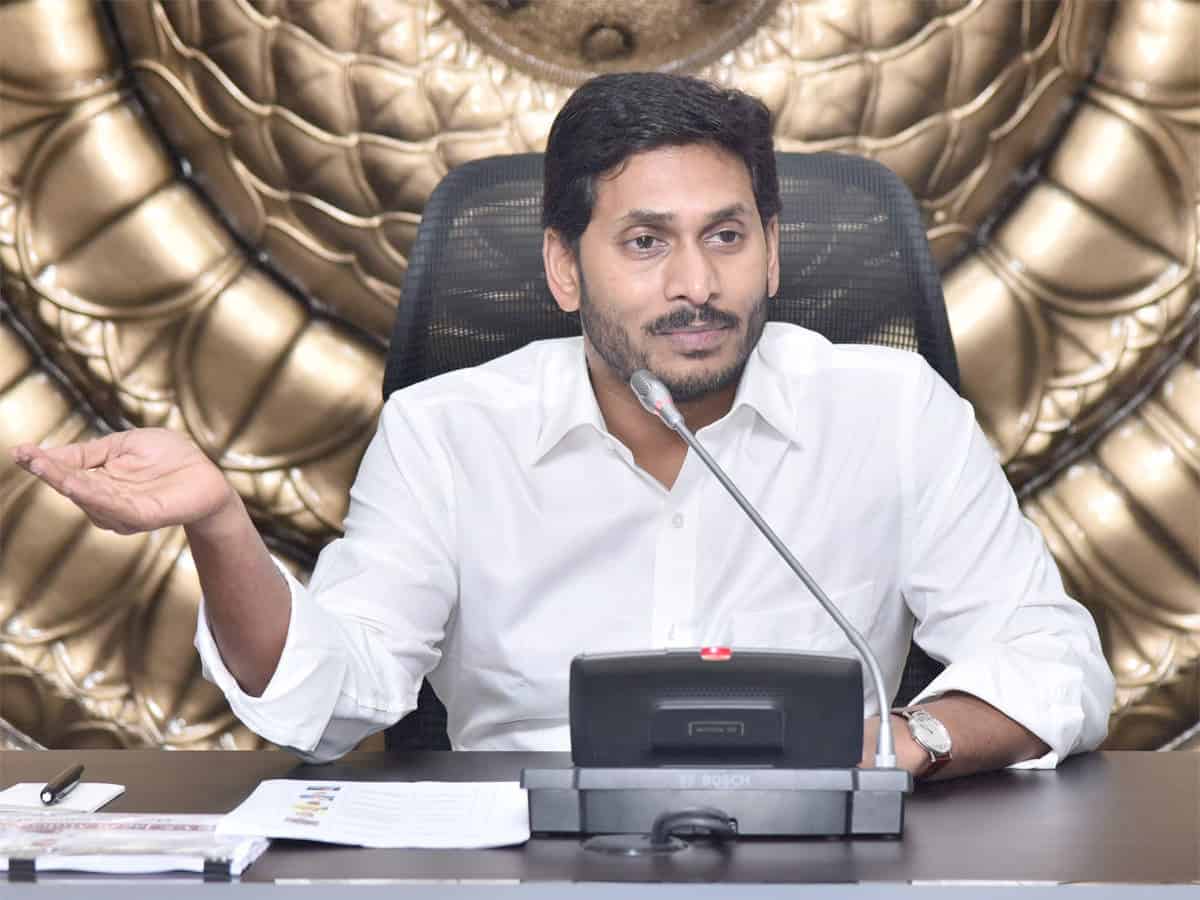Gali Nagaraja
Amaravati: That the Y.S. Jaganmohan Reddy government in Andhra Pradesh is failing to strike a balance between development and welfare is reflected in the Finance Minister Buggana Rajendranath Reddy’s annual budget for 2020-21 presented in the state Assembly on June 16.
After all, the Jagan’s party swept the state and Parliament elections early in 2019 by doling out a basket of nine-gem like welfare schemes named “Navaratnalu”. On completing his one-year rule, Jagan Reddy claimed to have spent Rs 43,000crore on welfare programmes covering old age pensions, YSR rytu bharosa and subsidies in different forms.
Steep fall in receipts under the state-owned tax revenue and state-owned non-tax revenue during the financial year 2019-20 appears to be a grim pointer to the Reddy government’s lopsided spending on welfare. Huge expenditure on welfare programmes left a big gap in receipts in view of a gloomy scenario on the industrial front. Jagan’s certain measures like 75 percent job reservations for the local youths in the private sector, downward revision of power purchase agreements entered by the previous TDP regime with independent power producers and retendering of Polavaram project. The initiatives turned out to be a scarecrow for investors coming to the state, showing tell-tale signs on the growth of manufacturing and service sectors.
Sharp drop in tax receipts
The state-owned tax revenues registered a steep fall by 24 percent during the year. In the budget estimates, it was expected to net Rs 75,437.99 crore. But in the revised estimates the receipts ended up at Rs 57,446.82 crore. Regardless of the poor show, the YSRC government projected the receipts under this head at Rs 70,679.33 crore in the budget estimates for 2020-21.
Performance in the over-all revenue receipts also doesn’t appear rosy. The revenue receipts covering the share of central taxes, grants in aid flowing from Government of India, state-owned tax revenue and state-owned non-tax revenue, took a nosedive by 39 percent. In the budget estimates for 2019-20, the share of central taxes was expected to be at Rs 34,833.18 crore but the state government at the end of the day received only Rs 28,224.50 crore. It was programmed to mobilise Rs 7,343.72 crore under state-owned non-tax revenue, consisting of siegniorage collected in the form of sand mining, education cess etc. But the receipts under this head fell to Rs 3,323.87crore—a drop by 55 percent. The huge fall in non-tax revenue is a reflection of government’s flip-flops on sand policy. In a bid to check the sand mafia which was allegedly rampant during the TDP regime, the YSRC government aimed to bring in new sand policy. When the new sand policy failed to come forth for a long time, there was no sand available to users, bringing construction activity to a screeching halt. Ambiguity in sand policy resulted in a fall in siegniorage and taxes from construction sector during the lull period. Even the ruling party lawmakers such as K. Raghuramakrishna Raju expressed anguish that sand mafia continue to flourish in the YSR Congress government with active patronage from a section of MLAs, making a huge dent in the government’s revenues.
COVID-19 effect
A sum of Rs 21,875.95 crore under the head of grants in aid was realised from the Government of India as against the projections at Rs 61,071.51crore during the year. It means the attempts of Jagan Reddy to be on the good books of Prime Minister Narendra Modi by putting the contentious special category status on a backburner and backing controversial bills such as Citizenship Amendment Bill hardly helped his government get its due share of grants from the Centre.
In spite of the failure to meet the targeted revenue receipts (Rs 1,78,697.81crore) in the budget estimates for 2019-20, it is projected to mobilise Rs 1,61,958.50 crore under this head in the budget estimates for 2020-21. Given the gloomy scenario presented by the coronavirus pandemic and the subsequent prolonged lockdown with deadly impact on the state economy, the projections under the revenue receipts are quite unlikely to become a reality during the current fiscal.

